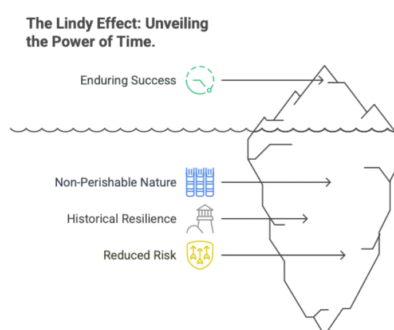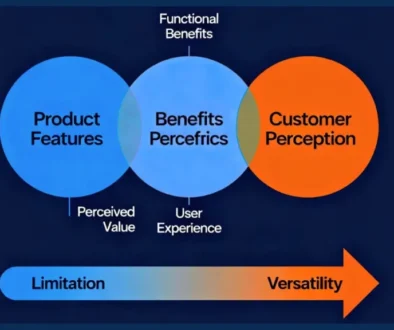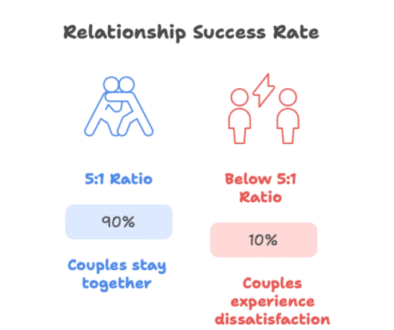How to Overcome Confirmation Bias: A Guide to Clearer Thinking
Confirmation bias is one of the most pervasive cognitive traps—our tendency to seek, interpret, and remember information that confirms our preexisting beliefs while ignoring contradictory evidence. It affects investors, leaders, scientists, and even everyday decision-makers.
The good news? It can be mitigated.
In this blog, we’ll explore:
✔ What confirmation bias looks like in real life
✔ Why it’s dangerous (with examples from business and investing)
✔ Practical strategies to reduce its influence
✔ How to train yourself to think more objectively
What Is Confirmation Bias?
Confirmation bias is the mind’s subconscious habit of favoring information that aligns with our existing views and dismissing what challenges them.
Examples of Confirmation Bias:
📈 Investing – Holding onto a losing stock because you only read bullish analyses.
🗳 Politics – Only consuming news that reinforces your party’s stance.
🔬 Science – Ignoring data that contradicts your hypothesis.
Why Confirmation Bias Is Dangerous
1. Leads to Poor Decisions
-
Investors keep sinking money into failing businesses (e.g., Kodak loyalists ignoring digital photography).
-
Business leaders dismiss negative feedback, leading to avoidable failures (e.g., Blockbuster rejecting streaming).
2. Reinforces Echo Chambers
Social media algorithms feed us content that matches our views, making us blind to alternative perspectives.
3. Stifles Growth
If you only listen to people who agree with you, you’ll never improve.
How to Mitigate Confirmation Bias
1. Actively Seek Disconfirming Evidence
-
For investors: Read bearish reports on stocks you own.
-
For leaders: Encourage dissent in meetings.
-
For everyday thinking: Follow people who challenge your views.
2. Use the “Red Team” Approach
Imagine you’re arguing against your own position. What weaknesses would you exploit?
3. Slow Down Your Thinking
Confirmation bias thrives on quick judgments. Pause and ask:
-
“What evidence would change my mind?”
-
“Am I ignoring data just because it’s uncomfortable?”
4. Diversify Your Information Sources
-
If you’re liberal, read conservative thinkers (and vice versa).
-
If you’re bullish on crypto, study the strongest anti-crypto arguments.
5. Keep a “Decision Journal”
Write down:
-
Your reasoning for a choice.
-
What would prove you wrong.
-
Revisit later to see if you were objective.
Real-World Examples of Overcoming Confirmation Bias
✅ Warren Buffett & Charlie Munger – They study failures deeply to avoid repeating mistakes.
✅ Amazon’s “Disagree and Commit” Culture – Encourages debate before decisions.
✅ Scientific Peer Review – Forces researchers to defend their work against criticism.
Final Thought: Make It a Habit
Confirmation bias never fully disappears—but you can weaken its grip. By deliberately seeking opposing views, questioning your assumptions, and slowing down decisions, you’ll make sharper, more rational choices.
As Charlie Munger says:
“The first rule of wisdom is to see the reality as it is, not as you wish it to be.”



